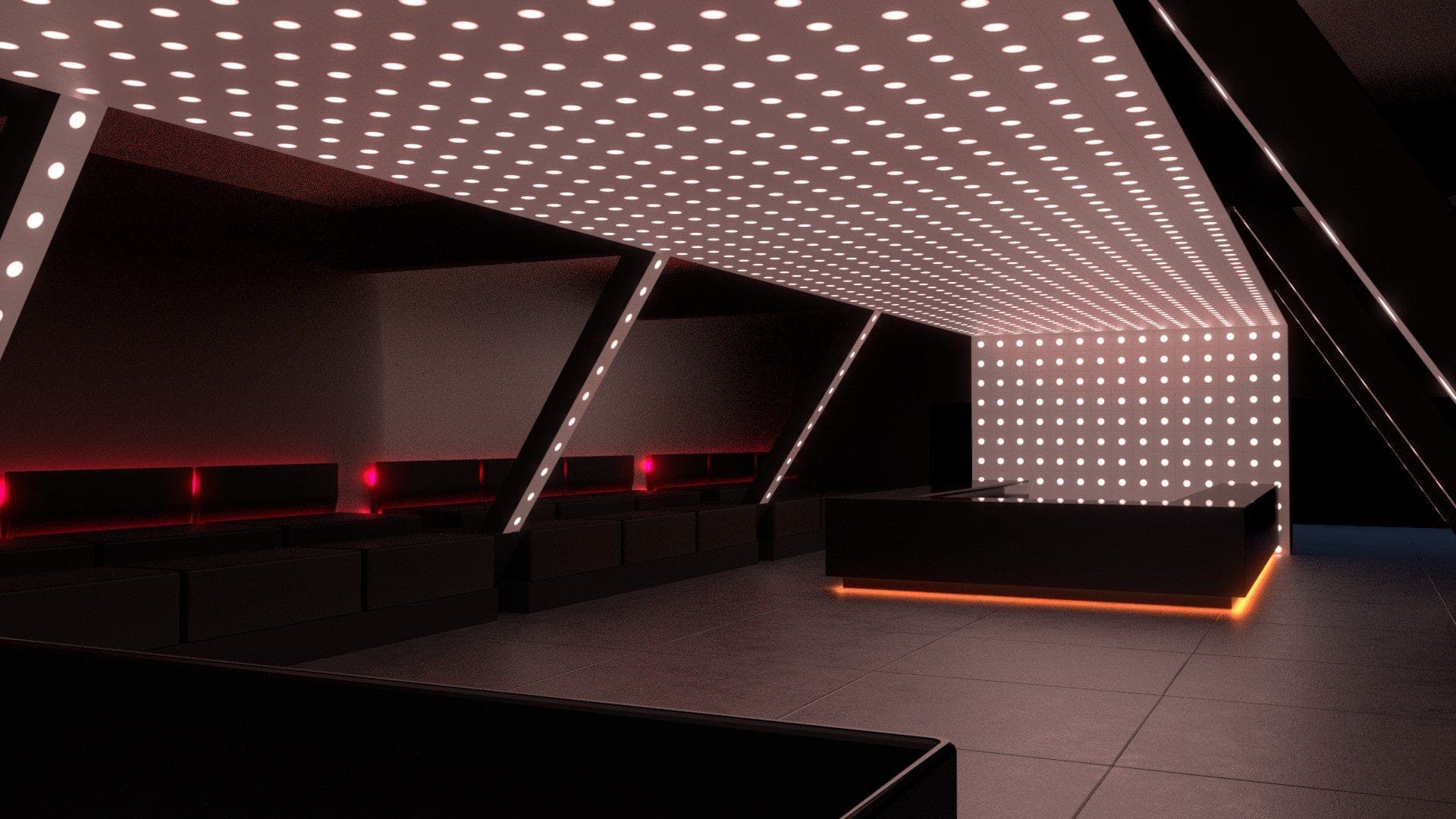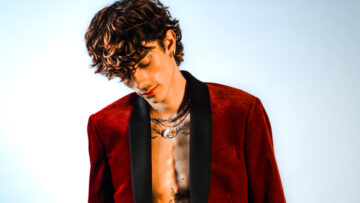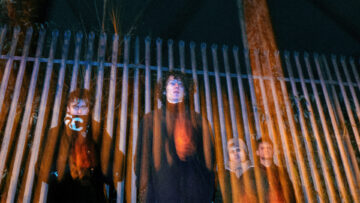

Watergate Club Berlin – Jacobo Miguel Garcia de Hoyos (2)
For a scene that’s interwoven with myriad cultural junctures, it’s a bold statement to claim that this period in time will perhaps become one of the defining moments in the annals of dance music history. And yet, months into an international pandemic that’s seen half the world forced into lockdown with serious social and financial implications, a community has emerged that feels, in many respects, more united than ever. Clubbers, artists, DJs and venues have come together in remarkably resourceful ways that in spite of physical distances have proven the value of both dancefloor communities and the unbreakable personal bonds they nurture.
…a community has emerged that feels, in many respects, more united than ever
Rightly or wrongly, social media has proven an essential tool for connection, becoming a hub of collective ingenuity. For example, it took only days to launch United We Stream in Berlin once a Europe-wide lockdown was implemented. Doubling as a fundraising platform and streaming service, ten weeks later and it’s close to reaching a €1 million target, an amount set to be divvied up between various nightlife-related causes across the sector. The initiative has been so successful that other cities including Amsterdam and Manchester have also rolled out the scheme. Elsewhere, and campaigns from big players like Beatport, NTS Radio, and the Red Cross have also been hugely affective in harnessing the power of the dance music community for positive gain.
ArrayBut it’s perhaps in the intimate relationships between artist and listener that the most poignant dynamics have arisen — a rousing testament to the sense of kinship formed on those special nights spent stomping side by side till the sun comes up. The difference now is that dancefloors have been replaced with virtual spaces and misheard conversations forgone for chat boxes. It’s not an obvious environment in which togetherness usually flourishes (whose lighter can you borrow when there’s no one else around?) but characteristics at the heart of dance music — compassion, empathy, unity — are felt as strongly as ever.
“The dancefloor is most people’s escape from the normalities of everyday life,” explains Eats Everything, who’s been putting out a ‘Quaranteam Mix’ based on a different genre every week. “It’s where you go to get lost in the moment and it’s more important now than ever to maintain that connection, especially when we’re separated.” Indeed, our current situation means we’re not able to share the simultaneous soaring highs that we’re accustomed to, but there’s comfort in knowing we’re all trying to escape the same shared mundanity, while remaining positive and looking forward. “We will all be on a dancefloor again at some point in the future, but escapism now is vital,” he adds.

Keinemusik x United We Stream
Berlin-based DJ Anja Schneider agrees. “Music can connect people in ways nothing else can,” she says. “A lot of people are at home alone every day and it’s a struggle, but music can bring structure, balance and expressionism during tough times, and this gives us a chance to take some positive moments away from this experience one way or another.” Schneider’s conversations with fellow DJs like ANNA and Red Axes as part of Club Room: Backstage, an extension of her Berlin radio show, have shed light on how artists are coping with the loss of work and lockdown in general, reinforcing the sense that we’re all in this together.
Because of course, the effect of COVID-19 is widespread — particularly in the arts and culture sectors. And while there’s no denying that some are better placed to deal with sudden hardship than others, many artists have seen plans, gigs and income streams totally derailed. Swedish producer Per Hammar was weeks away from releasing his Pathfinder LP when lockdown hit, and what felt like years’ worth of work was put at risk. “My entire tour schedule for 2020 was wiped out,” he explains. “But in amidst the other drastic changes in life this crisis brought, my album felt like a beacon that I could seek safety in.”
ArraySo he ploughed ahead, dropping snippets of his journal alongside the release in a bid to reveal his own motives in the LP’s creation. “With instrumental dance music, the listener creates their own feelings, no matter what the producer had in mind with the song. So I wanted to show a bit of what’s going on behind the official picture— to talk about topics that don’t often reach the public. I wanted to show the reality.” During a time when preexisiting barriers between artist and consumer were already beginning to plunge, it felt like an astute move. “It was very personal,” he ponders. “But that’s fine; it’s the price I had to pay.”
This element of intimacy has been replicated time and again during lockdown, a period in which boundaries are continually being assessed and redrawn. Berlin-based foursome GHEIST, regular performers at clubbing mecca Watergate, recognised that to resonate with their audience they’d need to change tack. The response was Quarantine Acoustic Series, live sessions in which they put an acoustic twist on their club tracks. “As artists you have to come up with something to maintain the conversation beyond the club,” they explain. “This is something new for all of us and it might take a while to adapt, but there’s also a chance now to add something to the agenda that could be really valuable.”

Jessy Lanza – Face
There’s a strong collective sense that in spite of the difficulties the crisis has caused, opportunities still exist: improved ways of communicating and understanding one another, for instance, and an increased appreciation of the integral role music and arts play in our happiness. In the video for her latest release, ‘Face’, Jessy Lanza recreated a warped club experience using household objects — something we’re all familiar with at this point during lockdown. “This is an unprecedented moment where many of us are spending more time than usual in our houses so we wanted the video to reflect that,” she explains. “During this time it’s easy to feel detached but listening to music helps me to reconnect with the feelings that make me human, whether it’s joy or sadness. Music helps us to bridge the gap with the world outside ourselves and that’s why it’s so important during isolation.”
ArrayIt’s difficult to ascertain the impact of something when you’re still at its apex but few can deny that during a crisis, the dance music scene can be an innately powerful force for good. In the last few months alone, we’ve been able to apply the principles so often embedded on the dancefloor to real life: community in coming together to ease loneliness; resistance in donating to causes that safeguard music venues and our peers; gratitude in being thankful for the arts when it’s clear we need them more than ever.
…we’ve been able to apply the principles so often embedded on the dancefloor to real life: community in coming together to ease loneliness
Vitally, we’ve also been given the luxury of time to critique the industry so as we move out of lockdown, we’ve no excuse not to address issues like inequality, artists being properly paid for their work, and tangible sustainability. When we do finally get back on dancefloors, the electronic music industry should be in sharper state than ever — and it’s then that we’ll be able to gauge how significant this period has been in shaping what comes next. Till the time comes, we should relish the shared memories of remotely dancing round our living rooms in both elation and defiance — that connection is visceral, and will always transcend the dancefloor.




